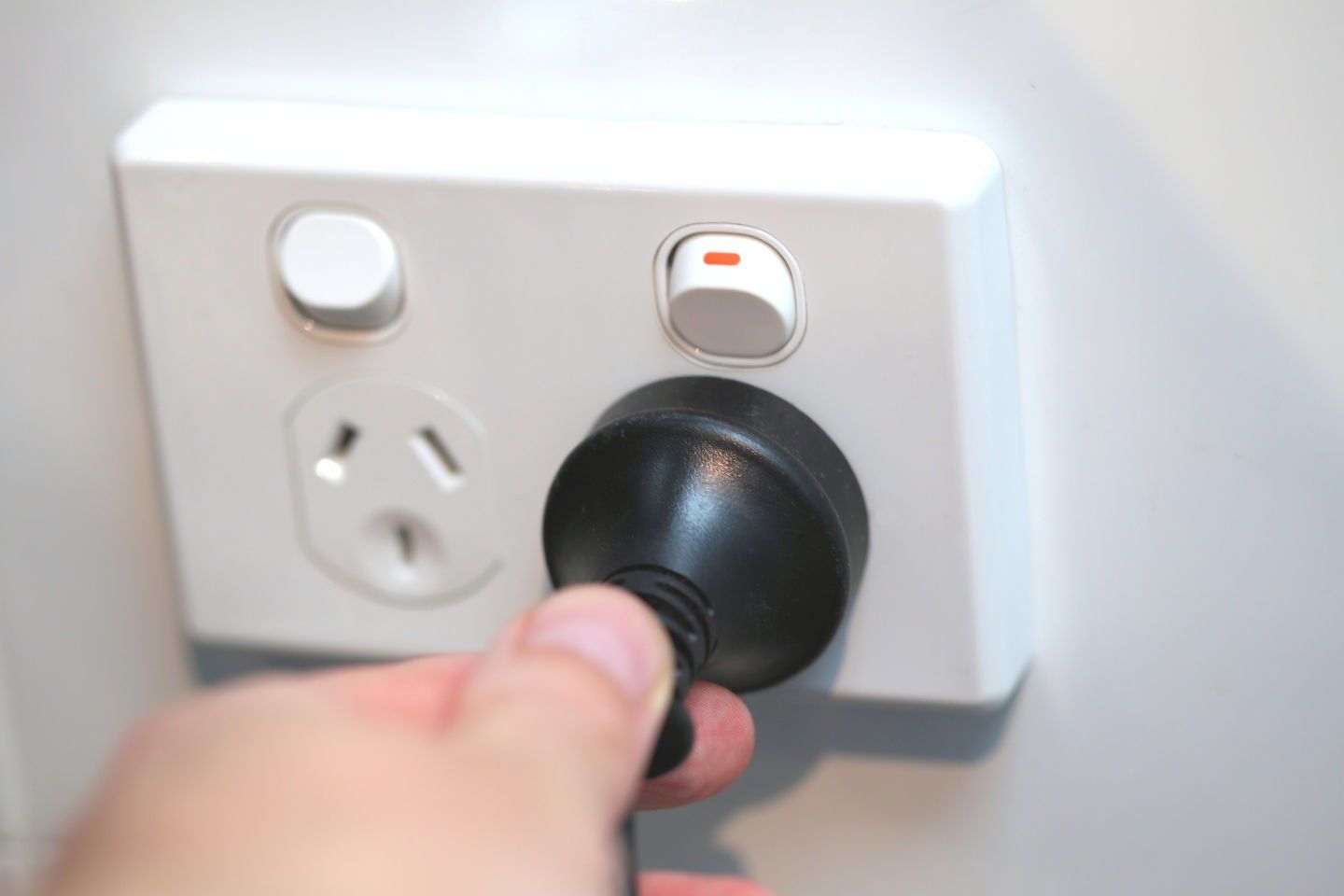Power bill prices may drop as renewables take hold
A report sheds light on energy costs as Australia moves away from traditional coal and gas power generation.

After two years of soaring electricity prices, there could be some good news for consumers. The energy market regulator reports that wholesale prices have halved from 2022 levels as a record amount of renewable energy comes on stream.
But the Australian Energy Market Operator (AEMO) advises us not to expect big price drops as wholesale cuts will take time to flow to retail tariffs.
Last year, the average annual wholesale price fell between 44% in South Australia and 64% in Tasmania. AEMO says that was due to milder weather, an increase in cheap wind and solar power, and lower fuel costs (gas and coal) – partly due to government price caps – and that the market remains vulnerable to price spikes this summer.
Wholesale prices were higher in Queensland and NSW than in South Australia and Victoria.
The record amount of renewable energy being fed into the grid is reducing reliance on traditional coal-fired generation.
The proportion of electricity output sourced from coal and gas fell to a record low of 66%, down from 67% the previous quarter.
AEMO CEO, Daniel Westerman, said there are moments in time that show us just how fast the transition to renewables is happening.
“Early in the afternoon of 31 December, rooftop solar met 101% of South Australia's total electricity demand,” he said. “While on the afternoon of 24 October, rooftop solar and grid-scale renewables provided 72% of all electricity across the east coast.
“We are regularly seeing records set for the higher contribution of renewables, and lower levels of energy drawn from the grid because of rooftop solar.
“As our coal-fired generators retire, renewable generation, batteries, hydro, new gas fired power plants, and new transmission will power our homes and businesses.”
Prices can reach zero, mainly in the middle of the day due to renewable generation.
The regulator believes that with the right energy storage, such as batteries and pumped hydro, the benefits of free and low-cost energy could be spread further across the day.
“The right storage means we can charge batteries and pump water up hills in the middle of the day when prices are low, and that energy can be released back into the grid during the evening peak when people get home from school and work,” Mr Westerman said.
Meanwhile, the Australian Energy Regulator (AER), which oversees energy networks and the wholesale and retail markets, said households should expect a time lag between wholesale price drops and prices faced by consumers.
Retail prices could drop once retailers’ wholesale costs adjusted to the lower prices going forward.
“Many retailers will have purchased hedges at times when forward prices were significantly higher than they are now,” the AER said.
“As such, wholesale costs for these retailers may remain higher while these contracts remain part of their hedge book.”





